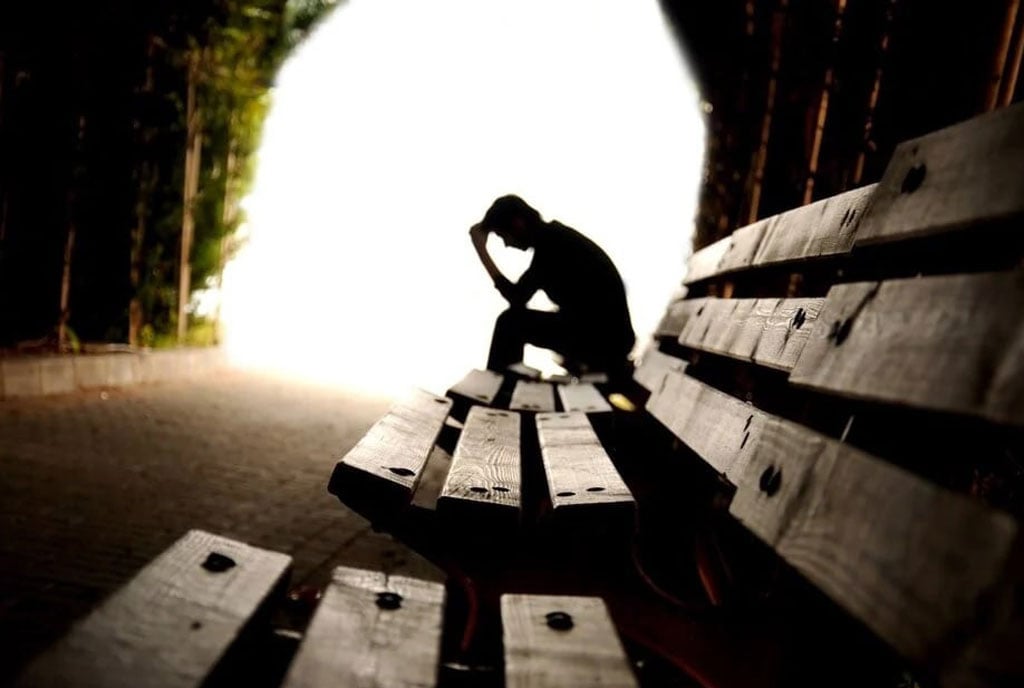Address mental health problems of the youth

Reports indicate that 14 million Ugandans are affected by mental health challenges whereas fewer men have health-seeking behaviours than women and most suicides occur among people between the ages of 15 and 29 years. PHOTO/FILE
What you need to know:
- The issue: Mental health
- Our view: We ask the government to increase mental health support in places thronged by young people.
Various government datasets have confirmed that suicidal behaviours among young people in Uganda are fast-becoming a major public health problem. Across the past decade, 272,271 suicidal thoughts and attempts have been documented in the country.
People aged 10 to 14 years led the way with an eye-watering 39,656 cases. They were closely followed by those aged between 15 and 19 (36,615 cases) and those aged 20 to 24 (34,697 cases) in that order.
It would be an understatement to come to the conclusion that the statistics make for grim reading. The dismaying, if unsurprising, news they convey as we try to make sense of the portrait of mental health in the country is that a culture of silence continues to underplay the scale of the problem. It should not. According to the World Health Organisation (WHO), Uganda places amongst the top six countries in Africa when rates of depressive disorders are considered. Nearly five percent of Ugandans live with depressive disorders. Per the WHO, a further 2.9 percent of Ugandans live with anxiety disorders.
Depression, anxiety disorders, and elevated stress levels are what majorly occasion suicide attempts in Uganda.
Yet, despite the gravity of Uganda’s mental health problem that some have rightly described as “terrifying”, by 2017 the country was spending only, wait for it, 9.8 percent of its gross domestic product on healthcare. And just one percent of this minuscule figure goes into mental healthcare. This, in many respects, constitutes a recipe for disaster. Policymakers should swiftly respond to stop a bad situation from being tipped over into the ‘worse’ column.
A lot of research has to be undertaken to establish what is fuelling a surge in mental ill health among Uganda’s youth. The body of work from the global North indicates that individualism and competition precipitated by unregulated social media has destroyed social bonds that previously maintained a semblance of sanity. It is quite possible that this too could be what has Uganda’s youth teetering on the precipice of suicide.
Empirical research has previously indicated that mental, neurological and substance use disorders are a major public health burden in Uganda. In 2022 alone, 14.7 million Ugandans—or about 32 percent of the country’s population—were found to be grappling with a mental illness.
We ask the government to increase mental health support in places thronged by young people. Take, for instance, schools.
It is a public secret that pastoral support in schools is conspicuous by its absence.
This is unfortunate if anything because schools have a tendency to spawn the psychological distress that ultimately leads to suicidal ideation. Think anxiety, anger, sadness, hurt, shame, loneliness and guilt. All this is commonplace in schools.
Elsewhere, mental health stigma has to be decisively tackled. This is especially so in males who are usually reluctant to seek mental health services thanks to traditional gender norms that set store on stoicism and emotional restraint. Clearly, the government has its work cut out.




